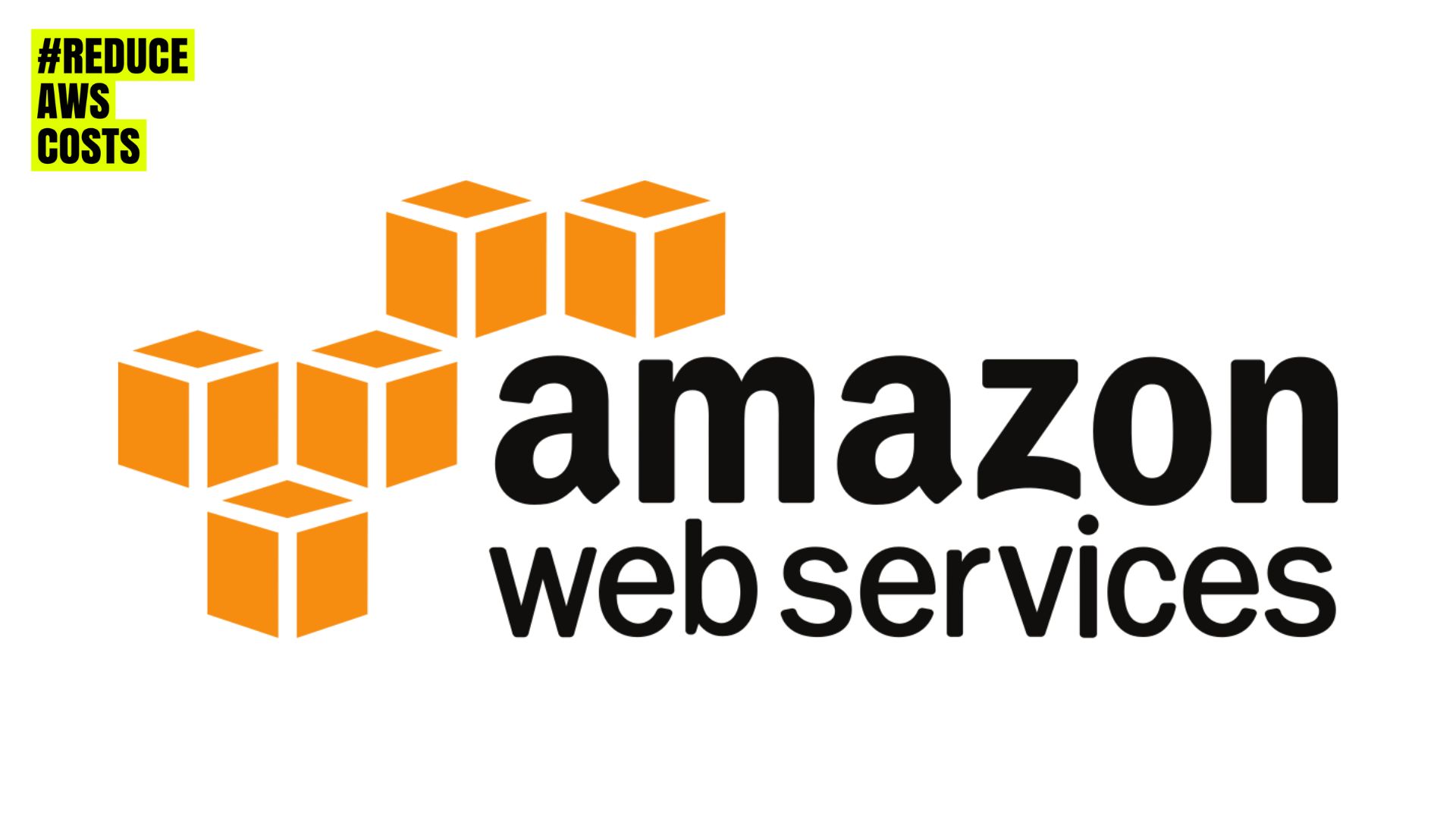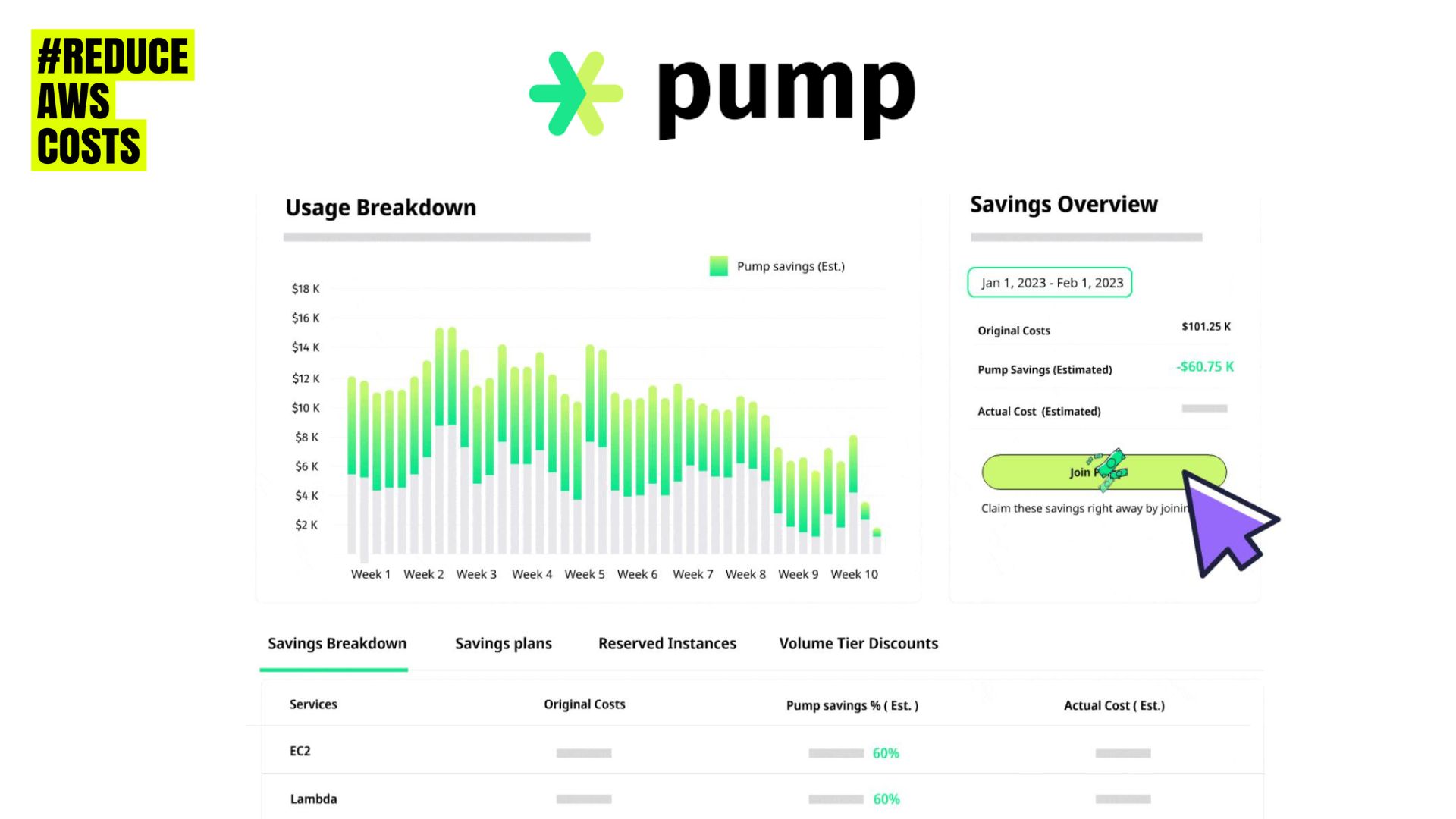In the ever-evolving landscape of cloud computing, cloud platform provided by Amazon the “Amazon Web Services” (AWS) stands out as a pioneer, offering a robust and versatile cloud platform. This post will take you through the key services of AWS, highlighting its main features, services, and the transformative impact it has had on businesses worldwide. what is AWS?
>>To learn more about AWS native tools read the previous post on 10 Essential Native AWS Cloud Cost Tools <<
In this post about Cloud Platform Provided By Amazon I Will Introduce:
- Chapter 1: Understanding Cloud Platform Provided By Amazon
- Chapter 2: Core Services Of Cloud Platform Provided By Amazon
- Chapter 3: Advanced Cloud Platform Provided By Amazon Services
- Chapter 4: Cloud Platform Provided By Amazon Security and Compliance
- Chapter 5: Cloud Platform Provided By Amazon for Businesses
Chapter 1: Understanding The Cloud Platform Provided By Amazon
The Foundation of Cloud Platform Provided By Amazon
Amazon Web Services, launched by Amazon in 2006, has grown to become a leading cloud computing platform globally. Explore the core principles and architecture that form the foundation of AWS.
Understanding Cloud Platform Provided By Amazon (AWS) – A Brief History
Amazon Web Services (AWS) has transformed the landscape of cloud computing, offering a comprehensive suite of services and solutions. The history of AWS is marked by significant milestones, shaping the way businesses leverage cloud technology.
Cloud Platform Provided By Amazon Launch in 2006
AWS was officially launched by Amazon in 2006, introducing cloud services like Elastic Compute Cloud (EC2) and Simple Storage Service (S3). This marked the beginning of a new era in computing, allowing businesses to access scalable and reliable cloud infrastructure.
Early Years and Growth
AWS initially faced scepticism, but its pay-as-you-go model and scalability quickly gained traction. It provided businesses with the flexibility to scale resources based on demand, leading to rapid adoption.
Expansion of Services
AWS continued to expand its service portfolio, introducing a wide range of offerings such as databases (Amazon RDS), content delivery (Amazon CloudFront), and more. This expansion allowed customers to build, deploy, and scale applications with ease.
Global Data Center Network
AWS strategically expanded its global reach by establishing data centers worldwide. This global infrastructure allowed customers to deploy applications closer to end-users, reducing latency and enhancing performance.
Innovation and Advanced Services
AWS became synonymous with innovation in cloud technology. It introduced advanced services like machine learning (Amazon SageMaker), serverless computing (AWS Lambda), and Internet of Things (IoT) solutions, staying ahead in the competitive cloud market.
Enterprise Adoption
Over the years, AWS gained the trust of enterprises, startups, and government organizations. Its reliability, security features, and compliance certifications made it a preferred choice for diverse industries.
Market Dominance
AWS emerged as a market leader in cloud computing, outpacing competitors. Its dominance is evident in its vast customer base, including major corporations, startups, and public sector entities.
Continuous Improvement
AWS maintains a commitment to continuous improvement. It regularly updates existing services, introduces new features, and adapts to emerging technologies, ensuring customers have access to cutting-edge solutions.
Understanding the history of AWS provides insights into its evolution from a pioneering cloud platform to a global industry leader. Today, AWS continues to play a pivotal role in driving digital transformation and powering the infrastructure of countless businesses worldwide.
Key Services of The Cloud Platform Provided By Amazon
Dive into the multitude of services offered by AWS, ranging from computing power and storage to databases, machine learning, and beyond. Understand how businesses leverage these services to enhance their operations.
Amazon Web Services (AWS) stands as a pioneering force in cloud computing, offering an array of services crucial for business innovation and scalability. Here’s a concise overview of some pivotal AWS services:
- EC2 (Elastic Compute Cloud): Scalable virtual servers for diverse computing needs.
- S3 (Simple Storage Service): Object storage for flexible and durable data management.
- RDS (Relational Database Service): Automated management of relational databases.
- Lambda: Serverless computing for event-triggered code execution.
- CloudFront: Content Delivery Network (CDN) for global content acceleration.
- SageMaker: Machine learning tools for building, training, and deploying models.
- SNS (Simple Notification Service): Messaging service for distributed systems.
- VPC (Virtual Private Cloud): Logically isolated cloud sections for secure networking.
These services collectively empower businesses to embrace digital transformation, providing computing power, storage, machine learning, and scalable infrastructure essential for technological advancements.
Chapter 2: Core Services Of Cloud Platform Provided By Amazon
Amazon Web Services (AWS) serves as a cornerstone in the realm of cloud computing, delivering a diverse set of core services pivotal for businesses aiming to harness the full potential of the cloud. Let’s delve into the foundational AWS services that form the backbone of countless digital initiatives:
EC2 (Elastic Compute Cloud)
- Description: EC2 provides scalable virtual servers, known as instances, allowing users to run applications and manage computational resources on-demand.
- Key Features: Flexibility in choosing instance types, configurations, and pricing models.
S3 (Simple Storage Service)
- Description: S3 offers object storage for secure and scalable data storage, accessible over the internet. It is ideal for storing and retrieving any amount of data.
- Key Features: Durability, accessibility, and customizable storage classes.
RDS (Relational Database Service)
- Description: RDS automates the management of relational databases, handling tasks like backups, patch management, and failover.
- Key Features: Support for multiple database engines, automatic backups, and easy scalability.
These core AWS services collectively empower businesses to innovate, scale, and transform their operations in the digital landscape. Whether it’s computing power, storage, machine learning, or secure networking, AWS stands as a robust foundation for diverse technological endeavors.
Chapter 3: Advanced Cloud Platform Provided By Amazon Services
AWS Lambda
- Description: Lambda enables serverless computing, allowing developers to run code without provisioning or managing servers.
- Key Features: Event-driven architecture, automatic scaling, and cost savings through precise resource allocation.
CloudFront
- Description: CloudFront is a Content Delivery Network (CDN) that accelerates the distribution of static and dynamic web content, enhancing user experience globally.
- Key Features: Low-latency content delivery, global reach, and seamless integration with other AWS services.
SageMaker
- Description: SageMaker facilitates machine learning tasks by providing a comprehensive set of tools for building, training, and deploying models.
- Key Features: Simplified machine learning workflows, scalable model training, and real-time model deployment.
SNS (Simple Notification Service)
- Description: SNS is a fully managed messaging service that enables the sending of messages and notifications across distributed systems.
- Key Features: Support for multiple communication protocols, high throughput, and flexible message delivery.
VPC (Virtual Private Cloud)
- Description: VPC allows users to create isolated sections of the AWS Cloud, providing a secure and customizable network environment.
- Key Features: Network segmentation, control over IP addressing, and integration with on-premises networks.
Machine Learning
- Description: Amazon ML is a user-friendly, cloud-based service that simplifies machine learning model development, offering seamless integration with AWS data sources and automating tasks like feature selection and algorithm optimization.
- Key Features: Scalability: Amazon ML scales effortlessly, handling predictions of varying scales, Real-time Predictions: Supports instant decision-making based on the latest data, Integration: Seamlessly integrates with various AWS services and supports multi-class classification, Security and Compliance: Ensures data privacy, compliance, and cost-effectiveness with a pay-as-you-go model.
Chapter 4: Cloud Platform Provided By Amazon Security and Compliance
AWS Security Best Practices
Adopt a Multi-Layered Approach
Ensuring robust security in your AWS environment is paramount to safeguarding your data and infrastructure. Adopting a multi-layered approach enhances resilience against potential threats. Firstly, establish strict identity and access management (IAM) policies. Leverage AWS Identity and Access Management to define granular permissions for users and resources, following the principle of least privilege. Regularly review and update access policies to align with personnel changes and evolving security needs.
Encrypt Sensitive Data
Secondly, encrypt sensitive data both in transit and at rest. AWS provides robust encryption options, such as AWS Key Management Service (KMS) for managing cryptographic keys. Utilize HTTPS protocols for data in transit and enable encryption on storage services like Amazon S3. This ensures that even if unauthorized access occurs, the data remains unintelligible and protected.
Implement Continuous Monitoring And Auditing Practices
Thirdly, implement continuous monitoring and auditing practices. Leverage AWS CloudTrail to capture API activity and AWS Config for monitoring resource configurations. Regularly review logs and set up alerts for unusual activities. Employ AWS Trusted Advisor, an automated cloud security tool, to receive real-time recommendations for enhancing security, improving performance, and reducing costs. By combining these best practices, you create a resilient security framework that mitigates risks and fortifies your AWS infrastructure against potential threats.
Compliance in AWS
Compliance With Industry Regulations and Standards
Ensuring compliance with industry regulations and standards is a critical aspect of operating within the cloud, and AWS provides a range of tools and features to assist organizations in meeting these requirements. Firstly, organizations must identify the specific compliance standards relevant to their industry, such as HIPAA, GDPR, or PCI DSS. AWS offers a shared responsibility model, where AWS manages the security of the cloud infrastructure, and customers are responsible for securing their data in the cloud. This collaborative model facilitates adherence to various compliance standards.
Robust Set of Security And Compliance Services
Secondly, AWS provides a robust set of security and compliance services to assist organizations in meeting their specific regulatory obligations. AWS Artifact offers a centralized resource for accessing compliance-related documentation, including reports and certifications. Services like AWS Key Management Service (KMS) enable organizations to manage encryption keys securely, ensuring compliance with data protection regulations. AWS also undergoes rigorous third-party audits, and customers can leverage the results of these audits to streamline their compliance efforts.
Managing Compliance with Organization-Specific Policies
Lastly, AWS Config simplifies the process of assessing and managing compliance with organization-specific policies. This service helps organizations monitor and evaluate changes to their AWS resources, ensuring continuous compliance. By leveraging AWS services and adopting a proactive stance towards compliance, organizations can confidently navigate regulatory landscapes, strengthen their security posture, and build trust with their customers and partners in the cloud.
Chapter 5: Cloud Platform Provided By Amazon for Businesses
At its core, AWS provides businesses with a robust and secure infrastructure to host their applications, websites, and data, eliminating the need for substantial upfront investments in physical hardware. The pay-as-you-go pricing model allows organizations to scale their resources up or down based on demand, optimizing costs and providing unparalleled flexibility.
Beyond Basic Infrastructure Services
AWS goes beyond basic infrastructure services, offering a vast array of solutions for artificial intelligence, machine learning, data analytics, and Internet of Things (IoT). Businesses can leverage these advanced tools to gain actionable insights, enhance decision-making processes, and stay ahead in a data-driven world. Additionally, AWS’s global reach with data centers across the world ensures low-latency access to services, benefiting businesses with a global footprint.
Managing infrastructure
Moreover, AWS empowers businesses to focus on innovation by offloading the heavy lifting of managing infrastructure. With a rich ecosystem of services and a vibrant community, AWS provides businesses with the building blocks to develop, deploy, and scale applications seamlessly. Whether it’s a startup looking to launch quickly or an enterprise undergoing digital transformation, AWS offers a reliable and secure foundation for businesses to thrive in the cloud era.
Conclusion
As we conclude this comprehensive guide, it’s evident that Amazon Web Services continues to lead the cloud computing revolution. Whether you’re a startup looking to scale or an enterprise aiming for digital transformation, AWS provides the tools and infrastructure needed to succeed in the dynamic world of cloud computing. Embrace the power of AWS and unlock new possibilities for your business.




